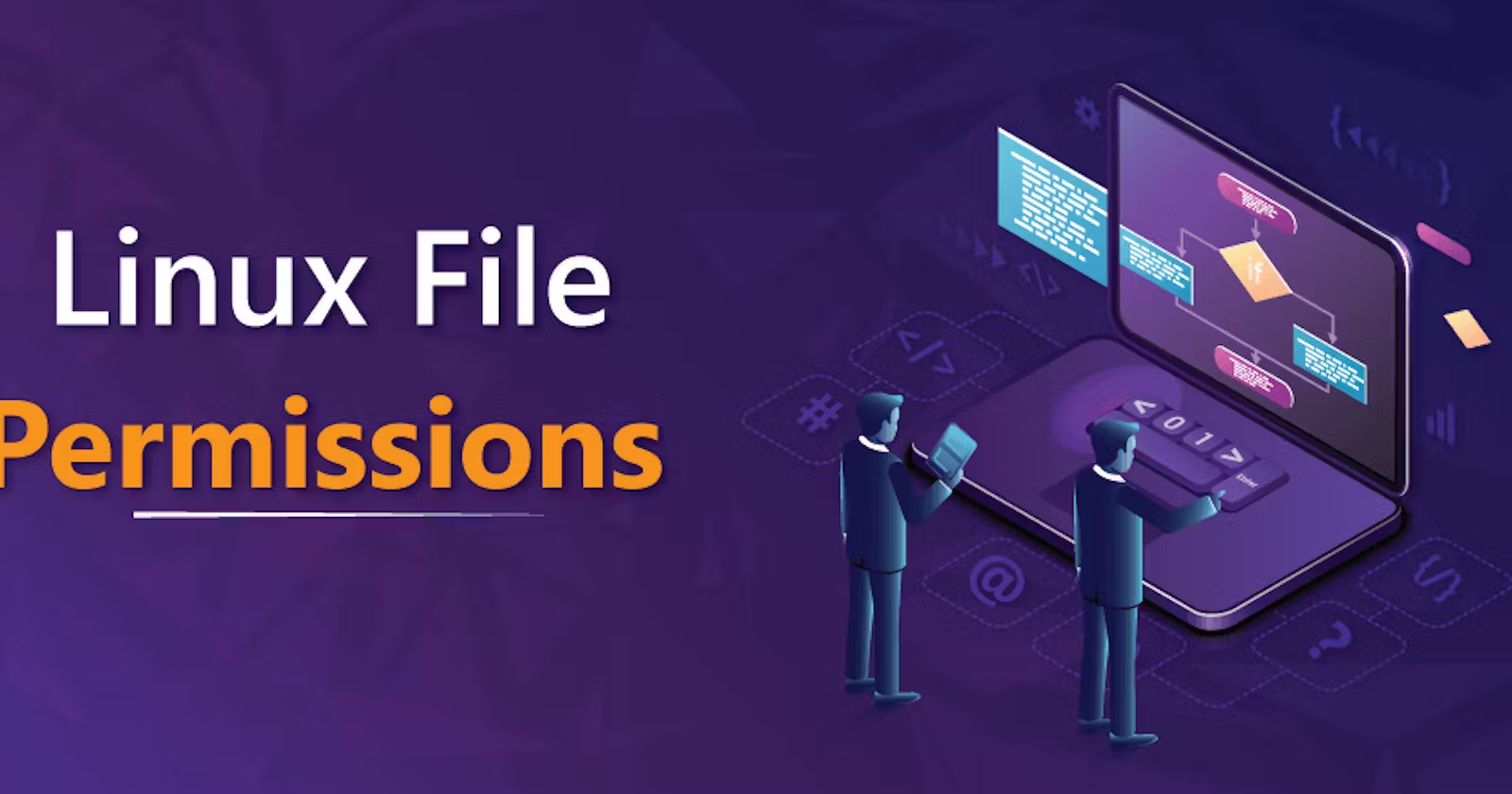Linux File Permissions 🔐
 Paresh Parde
Paresh Parde
Introduction 🌟
Have you ever wondered how your computer decides who can see or change your files? On a Linux system (a popular type of computer operating system), this is all managed by something called file permissions. It might sound a bit technical, but don't worry! We're going to break it down into simple terms that anyone can understand. Plus, we'll use some fun emojis to make it more enjoyable. 😄
What Are File Permissions? 🤔
File permissions are like the rules of a clubhouse. They decide who gets to enter the club, who can look around, and who can make changes. 🏠 In Linux, these rules are applied to files and directories (folders), and they help keep your data safe and organized.
The Three Types of Permissions 📑
In Linux, there are three types of permissions for each file or directory:
Read (r) 👀: This allows you to see the contents of the file.
Write (w) ✍️: This allows you to modify or delete the file.
Execute (x) 🚀: This allows you to run the file as a program.
Who Gets These Permissions? 👥
There are three categories of people who can have these permissions:
Owner 🤵: The person who created the file.
Group 👥: A set of users who share certain permissions.
Others 🌍: Everyone else who has access to the system.
Understanding the Permission Format 📝
In Linux, permissions are displayed in a specific format. Here’s an example:
-rwxr-xr--
Let's break it down:
The first character (
-) indicates if it's a file (-) or directory (d).The next three characters (
rwx) are the permissions for the owner.The following three (
r-x) are the permissions for the group.The last three (
r--) are the permissions for others.
So, in this example, the owner can read, write, and execute the file; the group can read and execute it; and others can only read it.
Changing Permissions: The chmod Command 🔄
If you want to change the permissions of a file or directory, you can use the chmod command. It's like giving special keys 🗝️ to different people so they can access your clubhouse.
Example 1: Granting Permissions
Let’s say you want to give everyone permission to read and execute a file, but only the owner should be able to write to it. You would use:
chmod 755 filename
Here’s what the numbers mean:
7(owner) = read (4) + write (2) + execute (1) = 4+2+1 = 75(group) = read (4) + execute (1) = 4+1 = 55(others) = read (4) + execute (1) = 4+1 = 5
Example 2: Removing Permissions
If you want to remove the write permission from the group and others, you will use:
chmod 744 filename
7(owner) = read (4) + write (2) + execute (1) = 4+2+1 = 74(group) = read (4) = 44(others) = read (4) = 4
Special Permissions 🚨
There are a few special permissions in Linux, but we’ll keep it simple here:
- Sticky Bit 🧷: This prevents users from deleting files in a directory they don’t own. It's often used in shared directories like
/tmp.
Conclusion 🎉
Linux file permissions might seem a bit daunting at first, but once you break them down, they’re quite logical and easy to understand. By knowing how to read and modify these permissions, you can keep your files secure and ensure that the right people have the right access. So next time you’re working on a Linux system, you’ll know exactly who can see, change, or run your files. Happy computing! 💻🚀
Subscribe to my newsletter
Read articles from Paresh Parde directly inside your inbox. Subscribe to the newsletter, and don't miss out.
Written by

Paresh Parde
Paresh Parde
🚀 Passionate DevOps Engineer | AWS Enthusiast | Continuous Learner 🌟 👋 Hello! I'm Paresh Parde, a passionate and eager DevOps enthusiast ready to embark on a journey in the world of technology. With a solid foundation in both development and operations, I bring a fresh perspective and a hunger to learn and grow within the DevOps landscape. Let's connect and explore how we can create impactful solutions together!🚀 Follow me on LinkedIn: https://www.linkedin.com/in/paresh-parde-544493232/